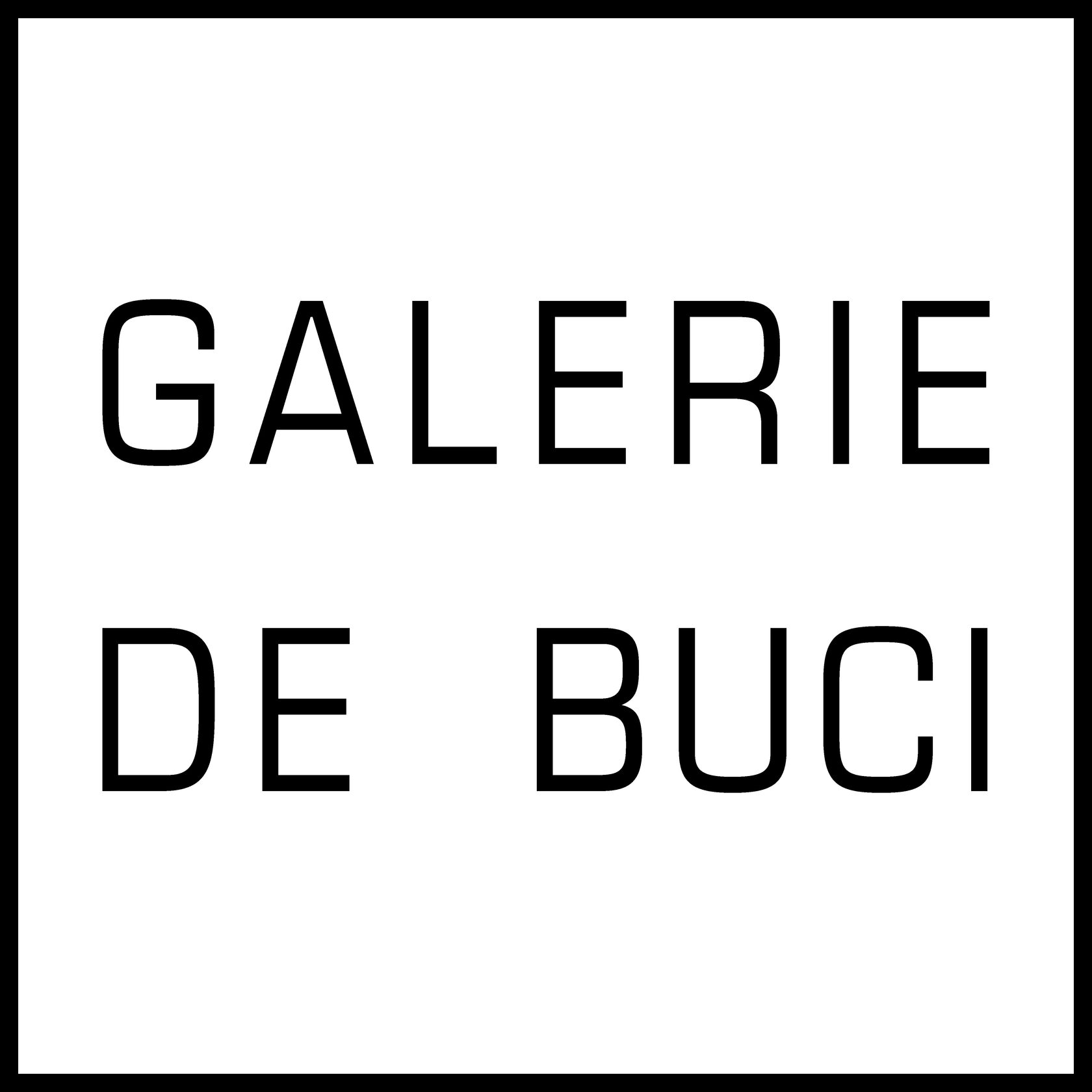
73, rue de Seine, 75006 PARIS
Français
Avec UN JOUR AU PARADIS la Galerie de Buci accueille une nouvelle exposition de Nina Khemchyan, figure singulière de la scène d’art contemporain français. Fidèle à cette artiste depuis plus de vingt-cinq ans, la galerie dévoile aujourd’hui une série de sculptures où se mêlent maîtrise technique, héritage symbolique et puissance contemplative. Le titre annonce la promesse d’un ailleurs, mais ce paradis-là, loin d’un exotisme éthéré, nous parle d’enracinement, de silence intérieur et de réconciliation avec le monde.English
With UN JOUR AU PARADIS, Galerie de Buci presents a compelling new exhibition by Nina Khemchyan, an artist who has long maintained a singular, meditative presence within the French contemporary art landscape. After a notable appearance at the Venice Biennale in 2024, Nina Khemchyan returns to Paris with a new series of ceramic sculptures that continue her decades-long exploration of form, memory, and the sacred.

Français
Nina Khemchyan est une artiste française d’origine arménienne, représentée par la Galerie de Buci depuis 1997. Diplômée du département de design industriel de l'Institut d'État de théâtre et des beaux-arts d'Erevan, Nina travaille activement et présente ses œuvres dans diverses galeries en Arménie depuis le début des années 1990. S'installant en France, elle poursuit sa formation à l'École Nationale Supérieure des Arts Appliqués et des Métiers de Paris. Depuis plus de 30 ans, l'artiste exerce le métier de sculpteur et de graphiste. Ses expositions personnelles ont lieu en Arménie, en France, aux États-Unis, en Italie et au Liban. Les œuvres de Nina Khemchyan sont entrées dans de nombreuses collections privées et publiques, comme la Fondation de Ramiro Ortiz aux Etats-Unis, le Musée d’Art contemporain d’Arménie à Erevan et le Musée Sergueï Paradjanov.En 2024, l’exposition ECHO de Nina Khemchyan représentait la République d’Arménie à la Biennale de Venise.
English
Nina Khemchyan is a French artist of Armenian origin, represented by the Galerie de Buci since 1997. A graduate of the Industrial Design Department of the Yerevan State Institute of Theatre and Fine Arts, Nina has been actively working and exhibiting her work in various galleries in Armenia since the early 1990s. Moving to France, she continued her training at the École Nationale Supérieure des Arts Appliqués et des Métiers in Paris. For over 30 years, the artist has worked as a sculptor and graphic designer. Her solo exhibitions are held in Armenia, France, the United States, Italy and Lebanon. Nina Khemchyan's work is included in numerous private and public collections, including the Ramiro Ortiz Foundation in the United States, the Museum of Contemporary Art of Armenia in Yerevan and the Sergei Paradjanov Museum.In 2024, Nina Khemchyan’s exhibition ECHO represented the Republic of Armenia at theVenice Biennale.
Français
Après un passage remarqué à la Biennale de Venise, Nina Khemchyan revient à Paris avec une série de sphères en céramiques qui sont autant de mondes clos que de promesses ouvertes. L’artiste poursuit ici un travail commencé il y a plus de trois décennies : le façonnage de sphères de terre chamottée, devenues au fil du temps sa signature plastique. Ce format contraint, presque archaïque, est précisément ce qui libère son langage formel. Sur ces volumes fermés, elle grave — littéralement — des fragments de récits, des visages aux yeux clos, des mains jointes, des corps stylisés à la fois intemporels et intimes. La surface conserve les marques du geste, les craquelures du feu, les traces d’un passage. Il y a dans ce travail une forme de dépouillement, une volonté de revenir à l’essentiel : le volume, la matière, la lumière.L’artiste elle-même évoque ce lien charnel et sacré à la matière : « Avant toute création, j’ai besoin de toucher la terre, de la sentir humide sous mes doigts, d’en respirer l’odeur. Ce contact m’imprègne de notre mère-terre Gaïa et fait à chaque fois renaître mon inspiration. »
English
At first glance, the exhibition’s title evokes a metaphysical promise. Yet the “paradise” Nina proposes is not one of celestial escape. It is resolutely grounded—tactile, elemental, and deeply rooted in the material world. This is a paradise of the earth, shaped by hand and fire, where silence and substance converge.The works presented here—spheres and vases of chamotte clay meticulously engraved and burnished—are the result of a process the artist has refined over thirty years. They are closed forms, self-contained yet expansive, as if each sphere holds a cosmos within. Upon their surfaces, the artiste inscribes a lexicon of symbols: eyes closed in introspection, stylized limbs, interlaced hands—gestures of quiet communion that resist narrative yet invite recognition. These motifs, timeless and archetypal, are not mere ornament. They are embedded with intent, carved into matter with the reverence of ritual.
Nina Khemchyan’s own words affirm this when she describes her creative process as a physical act of connection with Gaia, the earth mother. “Before any act of creation,” she says, “I need to touch the earth, to feel its moisture beneath my fingers, to breathe in its scent. This contact fills me and renews my inspiration.”
Français
Le recours à l’or, aux oxydes doux et aux motifs géométriques évoque tantôt les icônes byzantines, tantôt les mosaïques orientales, et inscrit l’œuvre dans un espace de mémoire collective. Mais ce serait une erreur d’y voir une simple nostalgie. Car si Nina convoque les mythes, les traditions et les figures d’antan, c’est toujours pour mieux les faire dialoguer avec des préoccupations universelles : la beauté, la transmission, le rapport à l’autre. Ses sphères ne sont pas des objets ; elles sont des mondes clos, chargés d’une intensité silencieuse, presque spirituelle.Chaque œuvre est une manière de réenchanter le monde, de retrouver, ne serait-ce qu’un instant, un état d’harmonie première. Le "paradis" de Nina Khemchyan n’est ni céleste ni perdu — il est tactile, terrestre, et peut-être encore à portée de main.
Cette exposition vous invite à vivre UN JOUR AU PARADIS du 05 juin au 26 juillet 2025 à la Galerie de Buci au 73 rue de Seine, 75006 Paris, du mardi au samedi, de 11h à 19h.
English
Her material vocabulary—earth, oxide, gold—draws from both the sacred iconography of Byzantine art and the intricate geometries of Eastern mosaics. But Nina Khemchyan’s work resists classification as merely devotional or traditional. Instead, it exists in a liminal space, where ancestral memory intersects with contemporary sensibility. Her spheres do not seek to reconstruct the past; they reflect on its resonance in the present, probing themes of transmission, vulnerability, and our enduring need for beauty.What emerges from UN JOUR AU PARADIS is not a vision of paradise as destination, but as a fleeting, fragile state—one that can be reached not through transcendence, but through attention. Each sculpture becomes a vessel for presence, inviting us to pause, to feel, to listen.
This is not a loud exhibition. It does not seek to dazzle. Rather, it hums with a quiet force, drawing viewers into a space of reflection that feels increasingly rare. In a time marked by noise and speed, Nina Khemchyan offers us not an escape from the world, but a return to it—slowly, reverently, through the transformative act of making.
UN JOUR AU PARADIS is on view from June 5 to July 26, 2025, at Galerie de Buci, 73 rue de Seine, 75006 Paris. Open Tuesday to Saturday, 11 AM to 7 PM.



